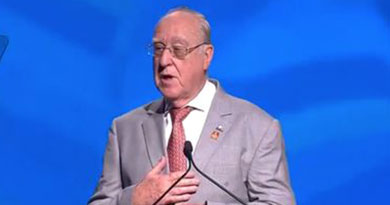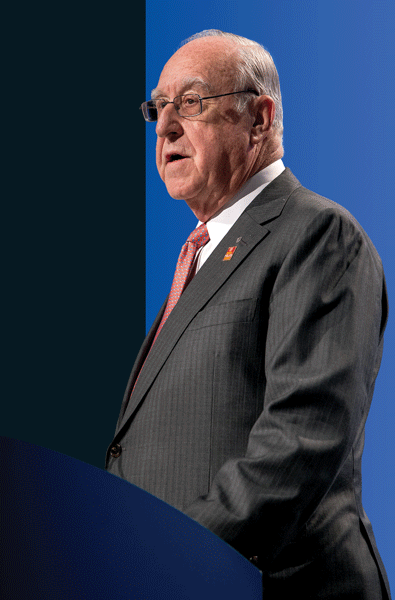
An ambitious set of resolutions
As we enter 2017, we also enter the second year of the initiative known as the United Nations Sustainable Development Goals. These goals, usually referred to as the SDGs, pertain to a list of 17 areas where the people of the world can come together to address our most pressing economic, political, and social challenges. It is a hugely ambitious list, and it has to be. The ultimate aim of these goals is nothing less than peace, prosperity, security, and equality for all of humanity.
How do you even begin to tackle such a project? At Rotary, our answer is simple: one step at a time. These goals are nothing new for Rotary: They’re already reflected in our areas of focus. We also understand that all of these 17 goals, just like our six areas of focus, are interrelated. You can’t have good health without clean water. You can’t have clean water without good sanitation. Good sanitation in turn helps keep children in school, which improves education, which improves economic prosperity and health. When you are talking about the advancement of an entire planet, no one indicator, no one goal, no one country, exists in isolation. To make real and lasting progress, we must all move forward together.
The idea of sustainability is key to the SDGs — and to our service in Rotary. Sustainability simply means making progress that will endure. It means not just digging a well, but being sure that a community can maintain it. It means not just running a health camp for a week, but training local health workers. It means empowering families and communities to take charge of their own futures by giving them the tools they need to succeed.
Sustainability has always been at the heart of our thinking in Rotary. We’ve been around for nearly 112 years and intend to be around for many more. We’ve already seen the difference our work has made: in health, in education, in water and sanitation, and of course in our efforts to end polio.
Polio eradication is the ultimate in sustainable service: a project that, once completed, will benefit the world forever. And those benefits will go far beyond the eradication of a single human disease. The estimated cost savings we will see once polio is eradicated are about $1 billion per year. That is money that can be returned to public health budgets and directed to other pressing needs, carrying the good work of today forward for many healthier tomorrows.
John F Germ
President, Rotary International







